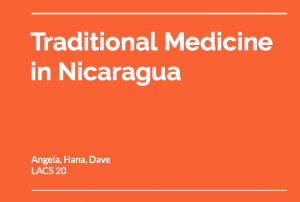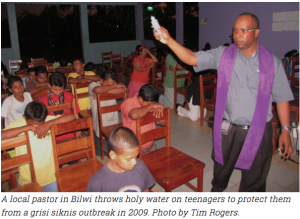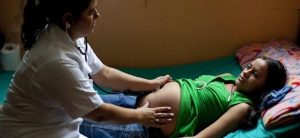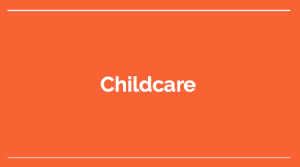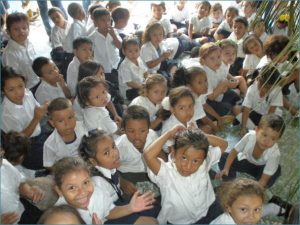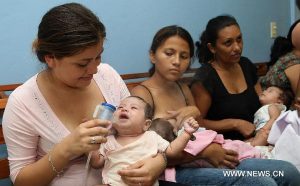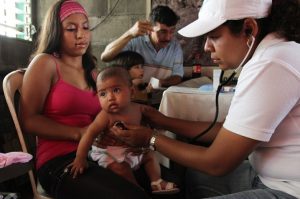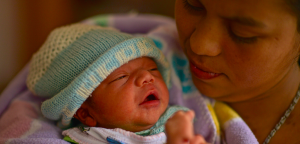
Brief Overview: For this project, Hana, Angela, and I focused on the different aspect of traditional health in Nicaragua. Angela will give a brief overview of how traditional health is perceived amongst the six ethnic groups in Nicaragua. Those ethnic groups are the Spanish speaking Mestizo, the English speaking Creoles, the Miskito, the Mayangna, the Rama, and the Garifuna. Then Hana will talk about maternal care in Nicaragua and then I will end it with Childcare. We want to make our project flow logically in the sense that as the presentation moves forward we will get more and more specific. We start with a global view and then we transition to maternal care and then childcare. In our project we also talked about we learned.
What we learned from Angela’s Part:
Causes of diseases in rural Nicaragua:
Biological
- Western medicine
- Spirits
- muertos or isingni (spirits of deceased persons)
- liwa mairin or sirena (a spirit related to water/reproductive system)
- duende (gnome, spirit related to hunting and wild animals)
- prahaku (spirit of the wind) & aubia (forest spirit)
- Sorcery
- Conflict with Biomedicine
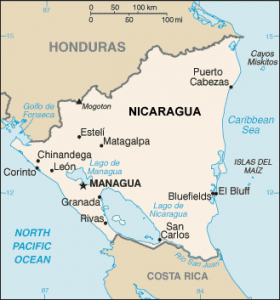
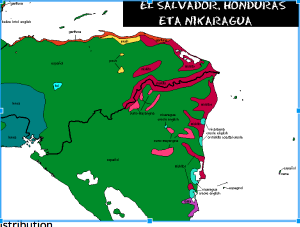
What we learned from Hana’s Part:
Midwives(Apa, Parteras) are very important in Nicaraguan culture. They do the following:
- Provide care, treatments, guidance
- Non-interventionist
- Home-birth rate is ~50%
- Cheaper option
Remedies that they use:
- “Hot” foods
- – “Blood tonics” for pregnant women: wood of monkey ladder (Bauhinia guianensis Aubl.), the bark of naked man, the bark of laulau, chainey root, the leaves and roots of broom weed, the leaves of baasley, the leaves of sorosi, and the leaves and roots of piss-a-bed
- Kasuu bark , leaves of trompit, sorosi for menstrual flow

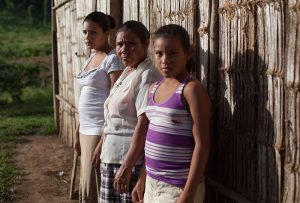
What we learned from my part:
Childcare
- “Infant mortality remains high in the poorest regions and is associated with respiratory diseases, neonatal sepsis, congenital malformations, diarrhea, malnutrition, and meningitis.”
- “Deaths of children under 1 year of age constituted 28.7% and 30.8% of all deaths in 1988 and 1990, respectively”.
- “The trend has been downward, and for 1996 it is estimated that the proportion decreased to about 21%”.
- “The percentage of children in rural areas suffering from some degree of malnutrition was 32%, compared with 19% in urban areas”.
- “Other risks that threaten the well-being of Nicaragua’s children and youth are teenage pregnancy and early marriages, child trafficking and sexual exploitation, gang involvement and HIV and AIDS.”
Health Issue: How Mothers/Healers Treat Children with different types of Diarrheas.
- “Sol de Cielo(pujo de sol)-Treatment consists of bath salts with alcohol, herbs, wood and not oil, or very cold water. Diarrhoea is believed considered part of normal development”.
- “Fallen fontanelle-Treatments mentioned were pushing the roof of the mouth upwards with the thumb, applying massage, holding baby upside down and hitting it from the bottom of its feet. Diarrhoea believed to be caused by falls, head falling back suddenly, blows to the head, violent coughing, drinking from a bottle with a nipple that was to hard”.
- “Dysentery-Majority(90%) of women/healers believe that a doctor was best treatment. Mothers could not identify cause. Many believed it was bad hygiene”.
- “The Creole tend to be wealthier and more educated than their Mestizo counterparts, but also appear to have retained more traditional health behaviors”.
- “The largely urban Mestizo and Creole demonstrate the highest levels of wealth and education, but report biomedical solutions to common health problems less often than do the rural Sumu”.
- “Four socioeconomic can be used to predict health behavior: (1) location of household, (2) ethnicity of respondent (3) years of education of respondent and (4) household wealth”.
- “Average waiting time is longer in each of the four health centers in Bluefields than it is in any of the study villages”.
Conclusion: Health behavior is complicated. Just because an ethnic group is well educated does not mean they do not use traditional medicine. Also in regards to location, it may be more convenient for an ethnic group to stay in their home village where they know they will get some type of help from local health services as opposed to going to the city and having to wait on line.


